The Biggest Secret From the ‘Secret Archive’
The release of 92,000 pages of secret military documents by the website WikiLeaks points to the futility of the war in Afghanistan and the double-dealing of our so-called ally Pakistan.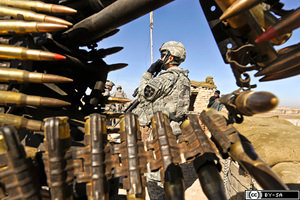
The release of 92,000 pages of secret military documents by the website WikiLeaks points to the futility of the war in Afghanistan and the double-dealing of our so-called ally Pakistan.
The material, mostly intelligence reports from the ground, gives a pessimistic picture of U.S. and British troops confronted with a hostile—or at best indifferent—Afghan nation as they pursue a war designed to defeat the Taliban and kill Osama bin Laden. The documents shred the optimistic description of the war offered by President Barack Obama, Secretary of State Hillary Clinton, Defense Secretary Robert Gates and others in the administration. They will, as former New York Times columnist Leslie Gelb wrote in The Daily Beast, make it “much more difficult to deny or dodge the truths that we’ve all been well aware of.”
From a historical perspective, the release of the documents recalls the publication of the Pentagon Papers during the Vietnam War after they were obtained by Daniel Ellsberg. The papers, a secret history of the war, revealed how successive administrations had lied about their reasons for fighting in Vietnam. Their publication, first in The New York Times, was a major factor in turning public opinion against the war. The lengthy legal fight over the papers, with the Nixon administration trying to stop publication, became as big a story as the papers themselves.
Julian Assange, who runs WikLleaks (he was profiled in The New Yorker), also released the leaked reports to The New York Times, as well as The Guardian and Der Spiegel. But unlike the Pentagon Papers, the Afghanistan “Secret Archive,” as the Times called it, flashed around the world with lightning speed. There’s no time for a long legal fight in the Internet era.
Assange’s impact may be as great as Ellsberg’s. The Pentagon Papers, a history written at the direction of then-Defense Secretary Robert McNamara, were a product of the highest levels of the Defense Department and were a confirmation of what the anti-war movement had been saying. The material obtained by WikiLeaks came from the ground up, from servicemen and -women in the field. Their reports, incident by incident in real-time communications, confirm what Afghanistan war critics have been saying.
They counter the basic assumption behind the Obama strategy—that we and our allies can build an Afghanistan strong and willing to stop the Taliban in order to end terrorist attacks around the world.
There are many incidents in the documents that show the hopelessness of making war comrades out of hostile or suspicious Afghans. Some of the incidents had previously been reported while others had not. One report, from the British, told how Afghan border police “were high on opium and having a party. An argument between an interpreter and a number of policemen ensued; this developed into a fight between the interpreter and the [police] … a number of shots were fired.”
These reports are assembled in an interactive map of Afghanistan on The Guardian’s website. Individually, they are reports of big and small incidents, without context. But if you have the time and patience to go through all of them, you will see the impossibility of allying with the Afghan citizenry and armed forces.
The documents also describe the relations between Pakistan’s intelligence agency, Inter-Services Intelligence (ISI,) and the Afghanistan insurgency. New York Times reporters filled out the information in the documents with reporting of their own.
The documents describe how Lt. Gen. Hamid Gul, former head of ISI, encouraged Taliban leaders to focus their suicide bombing missions inside of Afghanistan “in exchange for the government of Pakistan’s security forces turning a blind eye” to Afghan insurgent fighters operating in Pakistan. Another message says Gul pays monthly visits to a madrassa that trains suicide bombers.
Gul told the Times the allegations were “absolute nonsense” and that “American intelligence is pulling cotton wool over your eyes.” But, the Times said, American soldiers are inundated with reports of such collaboration between the insurgents and Pakistani intelligence, which has long sought allies against India.
The documents also tell of secret American commando units that kill insurgent commanders but also inflame Afghans by killing civilians. And the Taliban, gaining strength in arms, is using heat-seeking missiles against U.S. and allied aircraft, the documents revealed.
White House press secretary Robert Gibbs said the release of the documents was “a breach of federal law” and that an investigation into the source of the leak was initiated last week. But he told reporters that the information has “in many ways been publicly discussed — whether by you or by representatives of the U.S. government — for quite some time.” In other words, old news.
But this isn’t old news. It’s the inside story, and we are getting it for the first time. The “Secret Archive” shows how the Obama team has misled us. We and other nations with troops in the war are hostages in a hostile land while terrorists operate from Connecticut, New Jersey and other places far from Afghanistan.
Your support matters…Independent journalism is under threat and overshadowed by heavily funded mainstream media.
You can help level the playing field. Become a member.
Your tax-deductible contribution keeps us digging beneath the headlines to give you thought-provoking, investigative reporting and analysis that unearths what's really happening- without compromise.
Give today to support our courageous, independent journalists.
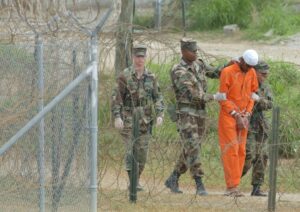
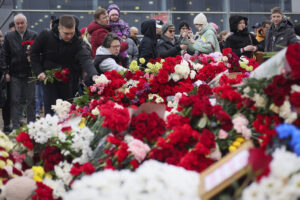
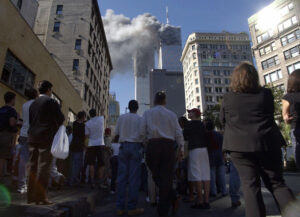

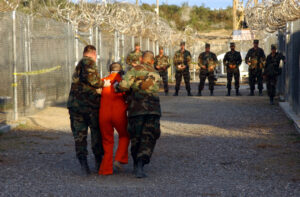
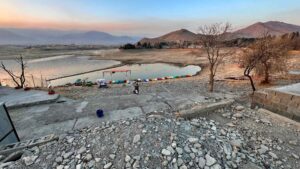
You need to be a supporter to comment.
There are currently no responses to this article.
Be the first to respond.